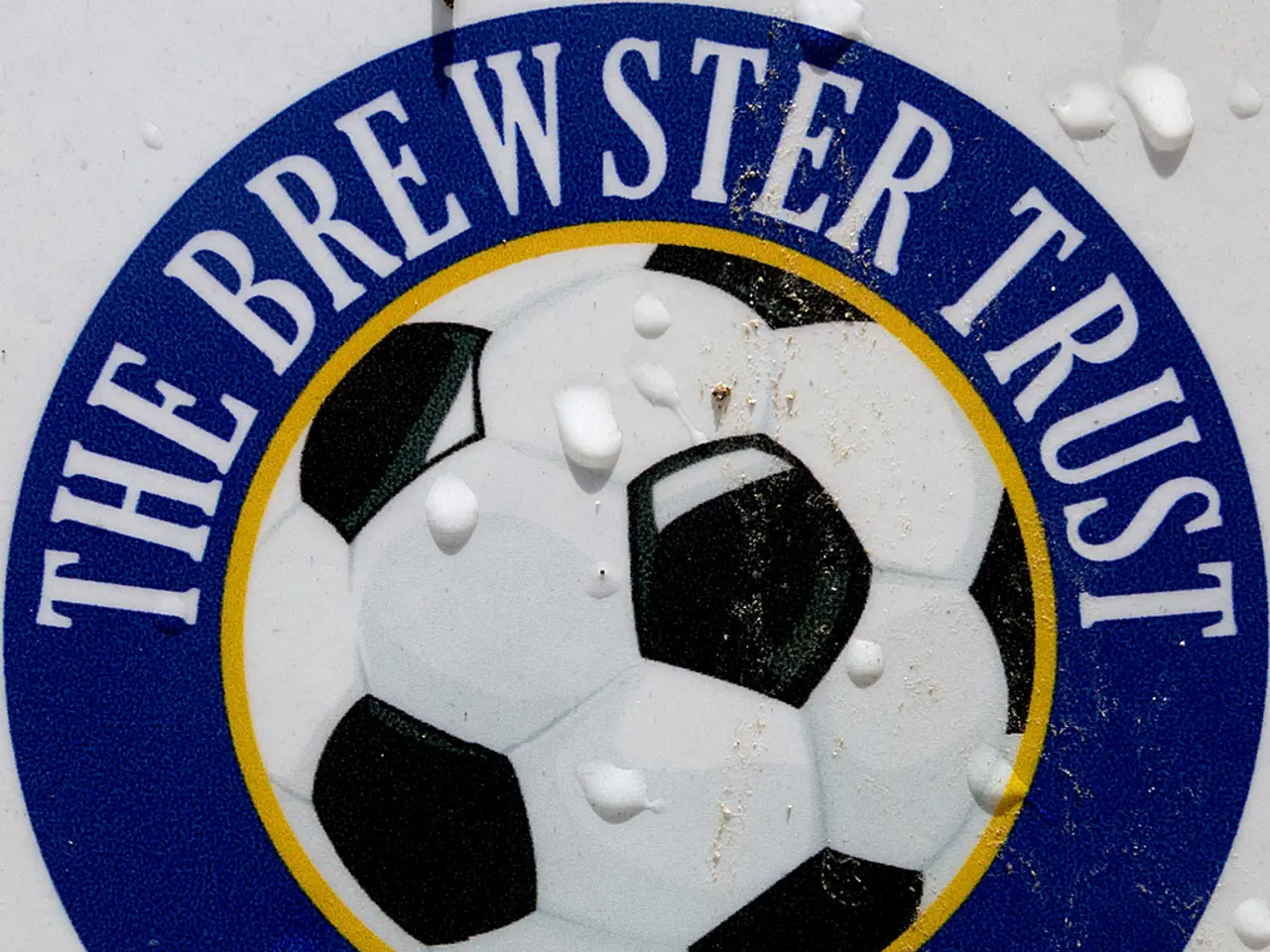Utilizing Book-Based Writing Methods
In the bustling city of London, a paramedic by day and a writer by night, the author finds themselves navigating the intricate world of storytelling. Despite the challenges that come with not having a clear roadmap for their stories, they have developed a unique writing process that is influenced by their history of reading.
The author often encounters roadblocks in the middle of writing, unsure of where their stories are headed or how to proceed. However, they have found solace in the theories and techniques of story craft that they have encountered in their reading. These concepts provide a conceptual framework that helps them understand the internal workings of stories, even if they don't formally plan their own work.
One such framework is the three-act structure, which has proven invaluable in maintaining the logical flow and thematic consistency of their stories. This knowledge allows them to recognize how events, characters, and emotions fit together to form a coherent and satisfying narrative, improving the readability, emotional engagement, and impact of their stories.
Learning about story structure offers several advantages. For instance, it enhances story coherence, enabling writers to maintain a logical flow without necessarily outlining every detail beforehand. It also improves narrative awareness, making writers aware of plot points and pacing that keep readers hooked, allowing them to self-correct or spot gaps during drafting.
Moreover, structure helps shape the emotional arc, deepening the story's resonance and helping writers deliver powerful endings and sustained reader interest. It also highlights common risks like plot holes, inconsistencies, or aimless tangents, which writers can watch for and address during revision, saving time and preserving narrative clarity.
Writers who understand structural principles can choose whether to follow, adapt, or deliberately break conventions in informed ways, crafting stories that meet or subvert reader expectations while maintaining coherence. This creative flexibility is a powerful tool in the writer's arsenal.
Despite their struggles with planning, the author finds it helpful to look at the techniques that other writers use to plan their work when they are stuck. They also believe that understanding story plot, character, and story structure is beneficial, even if they don't follow the advice directly.
The author finds the planning approach of some writers to be both frustrating and unenjoyable. They prefer the spontaneity of starting a story without knowing the ending, finding it uninteresting to write a story if they already know how it will end. However, they acknowledge the effectiveness of many planners who write due to their understanding of story structure and people.
In conclusion, reading about plotting and story structure functions as internal guidance or mental scaffolding that benefits all writers. Even those who prefer spontaneous or "discovery" writing can improve the quality and clarity of their stories by internalizing these frameworks and tools, making their work more compelling and easier to polish later.
The author utilizes the concepts learned from books about storytelling to overcome writing roadblocks, finding a conceptual framework in story craft theories helpful for understanding stories' internal workings. These principles, such as the three-act structure, aid the author in creating coherent narratives with logical flow, emotional engagement, and impact. However, the author prefers the spontaneity of starting stories without a fixed ending, even though they appreciate the effectiveness of planners who write with a deep understanding of story structure and character development.








